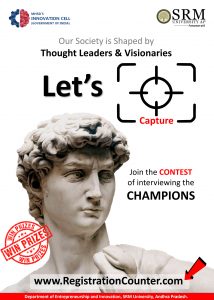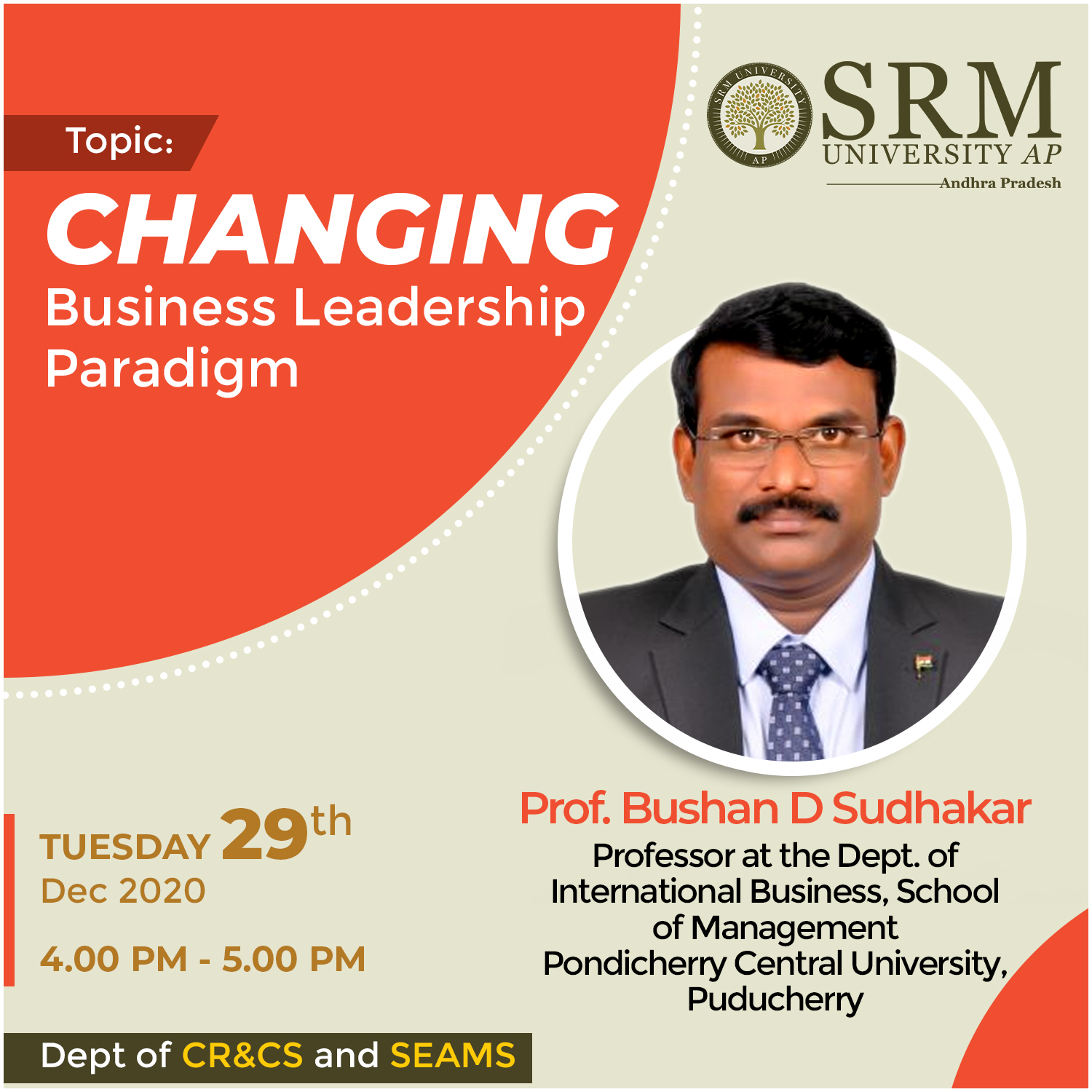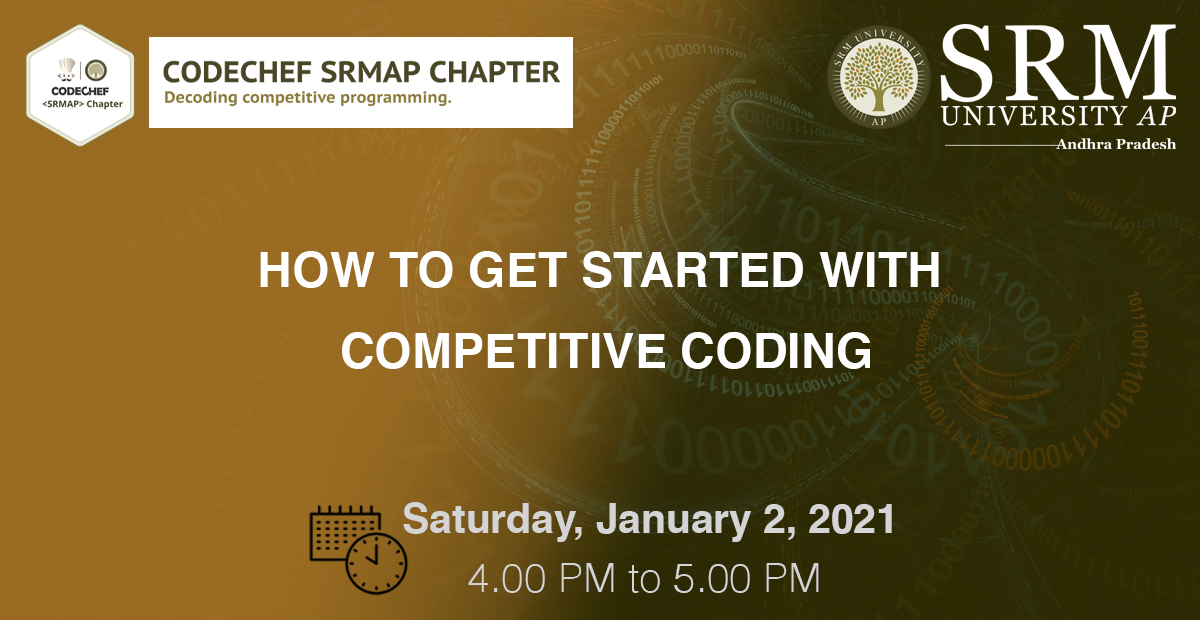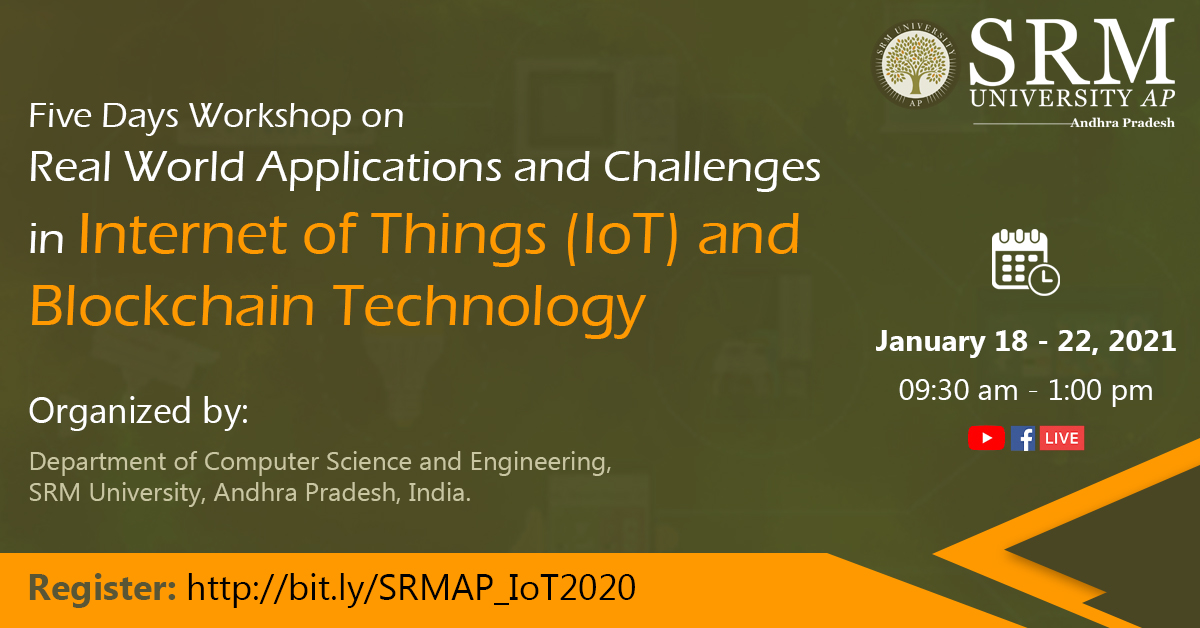IDEA brings “Let’s Capture”: tale-tell videos on leaders and motivators
 Who are the leaders? How do they lead? What obstacles did they have to overcome? We all very excitedly listen to the tale of the leaders. However, how many have we known? Leaders are not born extraordinary. Their hardship, struggle and perseverance make all the difference. They are all around us, a few steps away, waiting for us to tell their tale. Find a leader amongst your surroundings and share the story.
Who are the leaders? How do they lead? What obstacles did they have to overcome? We all very excitedly listen to the tale of the leaders. However, how many have we known? Leaders are not born extraordinary. Their hardship, struggle and perseverance make all the difference. They are all around us, a few steps away, waiting for us to tell their tale. Find a leader amongst your surroundings and share the story.
The Innovation, Design and Entrepreneurship Academy brings you this exciting opportunity to capture the essence of Entrepreneurship & Innovation. Find out any leader/ entrepreneur/ anyone who can be an inspiration to the others near to your home, vicinity or across the world and create a 3-minute video on them. Submit the video on or before Jan 10, 2021. The top 5 themes/ videos/ story/ interviews will be acknowledged by the SRM University with rewards and prizes. Also, be a part of the leadership community of SRM. Click the link below to know more about the Leader’s Tribe. Download the E-Cell PlayBook: http://tiny.cc/ECell_PlayBook
For Rules and Registration: http://www.RegistrationCounter.com
Last date of Submission: Jan 10, 2021
Format of submission: Video file (Any language)
Duration of the video: 3 minutes (maximum)
- Published in Events, IDEA Events
Prof Bushan D Sudhakar invited by the Department of CRCS & SEAMS to orate on “Changing business leadership paradigm”
 Department of Corporate Relations & Career Services (CRCS), along with School of Entrepreneurship And Management Studies (SEAMS), SRM University AP, Andhra Pradesh welcomes Prof Bushan D Sudhakar, Professor, Department of International Business, School of Management, Pondicherry Central University, Puducherry as the guest speaker in a session titled “Changing business leadership paradigm” on December 29, 2020, at 4 PM. Prof Bushan is an adept,strategically focused professor having over 25 years of proficiency in teaching,research, and leadership. Further, he is extensively involved in corporate training, branding, digital marketing, marketing strategy formulation and implementation, new – product introduction, promotion planning, market distribution, supply chain management, advertising, and communication. Also, his primary research interest is in the analytical modeling of marketing, branding, and advertising with stylized consumer behavior models. Along with being an Editorial Member of the International Journal of Economics and Management Science, Prof Bushan is the honored recipient of the Best Teacher Award (2004), Raman Fellowship for the Post Doctoral Research in the US (2013), Bharat Gaurav Award(2016), and Bharat Vidhya Ratan Award (2018) during his career. Prof Bushan’s vast knowledge and expertise in the realm of business and management will enable audience of the webinar to seamlessly confront challenges imposed by the transforming business dynamics enforced by altered focus.
Department of Corporate Relations & Career Services (CRCS), along with School of Entrepreneurship And Management Studies (SEAMS), SRM University AP, Andhra Pradesh welcomes Prof Bushan D Sudhakar, Professor, Department of International Business, School of Management, Pondicherry Central University, Puducherry as the guest speaker in a session titled “Changing business leadership paradigm” on December 29, 2020, at 4 PM. Prof Bushan is an adept,strategically focused professor having over 25 years of proficiency in teaching,research, and leadership. Further, he is extensively involved in corporate training, branding, digital marketing, marketing strategy formulation and implementation, new – product introduction, promotion planning, market distribution, supply chain management, advertising, and communication. Also, his primary research interest is in the analytical modeling of marketing, branding, and advertising with stylized consumer behavior models. Along with being an Editorial Member of the International Journal of Economics and Management Science, Prof Bushan is the honored recipient of the Best Teacher Award (2004), Raman Fellowship for the Post Doctoral Research in the US (2013), Bharat Gaurav Award(2016), and Bharat Vidhya Ratan Award (2018) during his career. Prof Bushan’s vast knowledge and expertise in the realm of business and management will enable audience of the webinar to seamlessly confront challenges imposed by the transforming business dynamics enforced by altered focus.
- Published in CR&CS Events, Events
Department of Student Affairs arrange webinar by CodeChef
 Department of Student Affairs, SRM University AP, Andhra Pradesh presents a webinar by CodeChef SRMAP Chapter on January 2, 2021, at 4 PM. CodeChef is a competitive programming community comprising of exuberant and brilliant coders from across the globe. This webinar will be a great opportunity for the students of SRM AP to learn competitive programming with the help of CodeChef’s coding competitions which will enhance their skills, sharpen their talent, and enable them to get an edge in their professional career.
Department of Student Affairs, SRM University AP, Andhra Pradesh presents a webinar by CodeChef SRMAP Chapter on January 2, 2021, at 4 PM. CodeChef is a competitive programming community comprising of exuberant and brilliant coders from across the globe. This webinar will be a great opportunity for the students of SRM AP to learn competitive programming with the help of CodeChef’s coding competitions which will enhance their skills, sharpen their talent, and enable them to get an edge in their professional career.
- Published in Events
Insightful workshop on Blockchain and IOT to challenge your intellect and mettle to solve real-life problems
 Department of Computer Science and Engineering is conducting a five-day workshop on the real-world applications in the Internet of things and Blockchain Technology from January 18-22, 2021. The workshop has been organised in association with APPLY VOLT. Eminent speakers from reputed institutes such as the University of California, San Diego, USA; IIT Kharagpur, NIT-Warangal, MNIT Jaipur will be sharing their valuable opinions and insights in the workshop. The registration for the workshop ends on January 16, 2021.
Department of Computer Science and Engineering is conducting a five-day workshop on the real-world applications in the Internet of things and Blockchain Technology from January 18-22, 2021. The workshop has been organised in association with APPLY VOLT. Eminent speakers from reputed institutes such as the University of California, San Diego, USA; IIT Kharagpur, NIT-Warangal, MNIT Jaipur will be sharing their valuable opinions and insights in the workshop. The registration for the workshop ends on January 16, 2021.
Internet of Things (IoT) is one of the most exciting trends and innovation in the recent history of technological advancement covering a wide range of applications like healthcare, entertainment, appliances control & utility services, security, defence, traffic management, transportation, home & industrial automation, remote monitoring, smart cities, smart farming, smart grid etc. IoT is the network of physical devices accessed through the Internet. IoT market is likely to experience year-on-year growth, rising to more than 50 billion devices, digitally connected across the globe by 2020, and representing $19 trillion in business opportunities. The graduate and postgraduate engineers have substantial job opportunities because of a wide range of IoT applications. Research scholars have a tremendous opportunity to work in different applications of IoT.
This workshop aims to impart knowledge about the real-time applications of IoT among students and the teaching community. Experts from academia and industry have been invited to deliver lectures about the current and emerging trends in IoT and Blockchain technology. The workshop will focus on theoretical and hands-on experience in IoT and Blockchain Technology to interface the things for different applications using Raspberry Pi/Arduino/Intel Galileo toolkits with devices such as LEDs, sensors, actuators etc. The theoretical session will be conducted in the morning hours and practical sessions in the afternoon. To conclude the workshop, a small project will be given to the students as a task, and the winners will be awarded a certificate of participants.
To register: http://bit.ly/SRMAP_IoT2020
Registration Closes on: January 16, 2021
Schedule of the Workshop: View Complete Schedule of the Workshop
- Published in CSE EVENTS, Departmental Events, Events, Workshop

